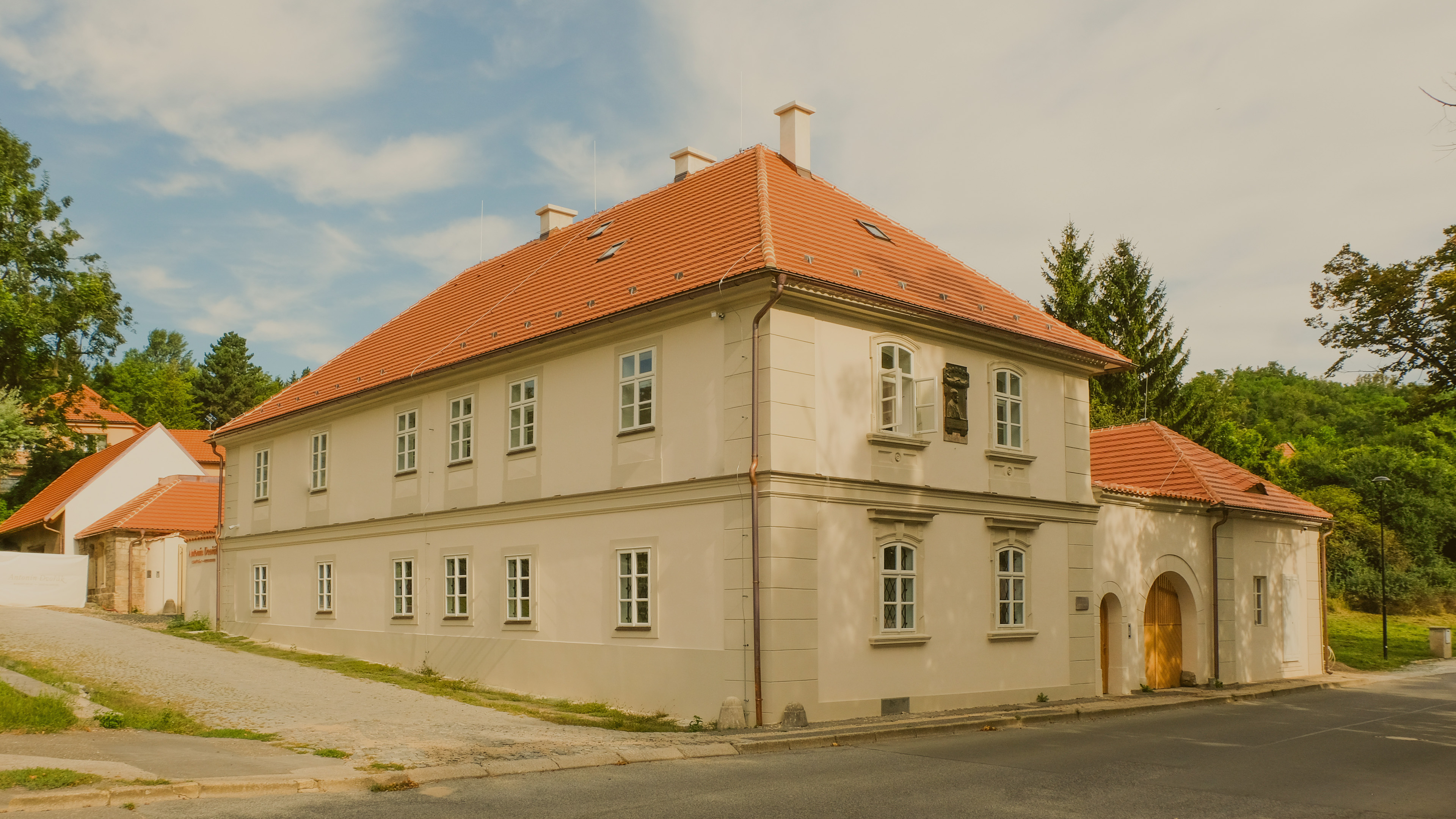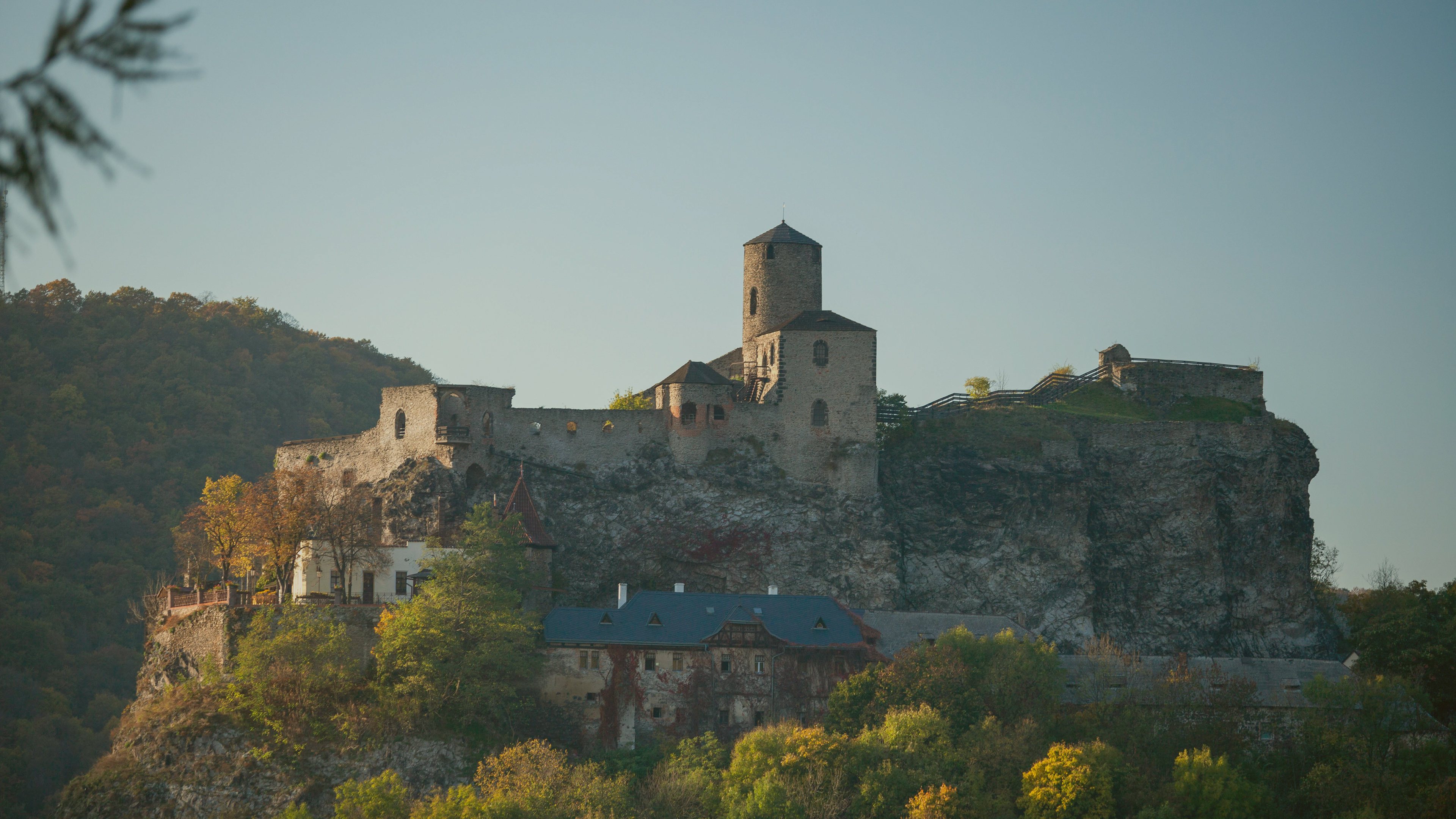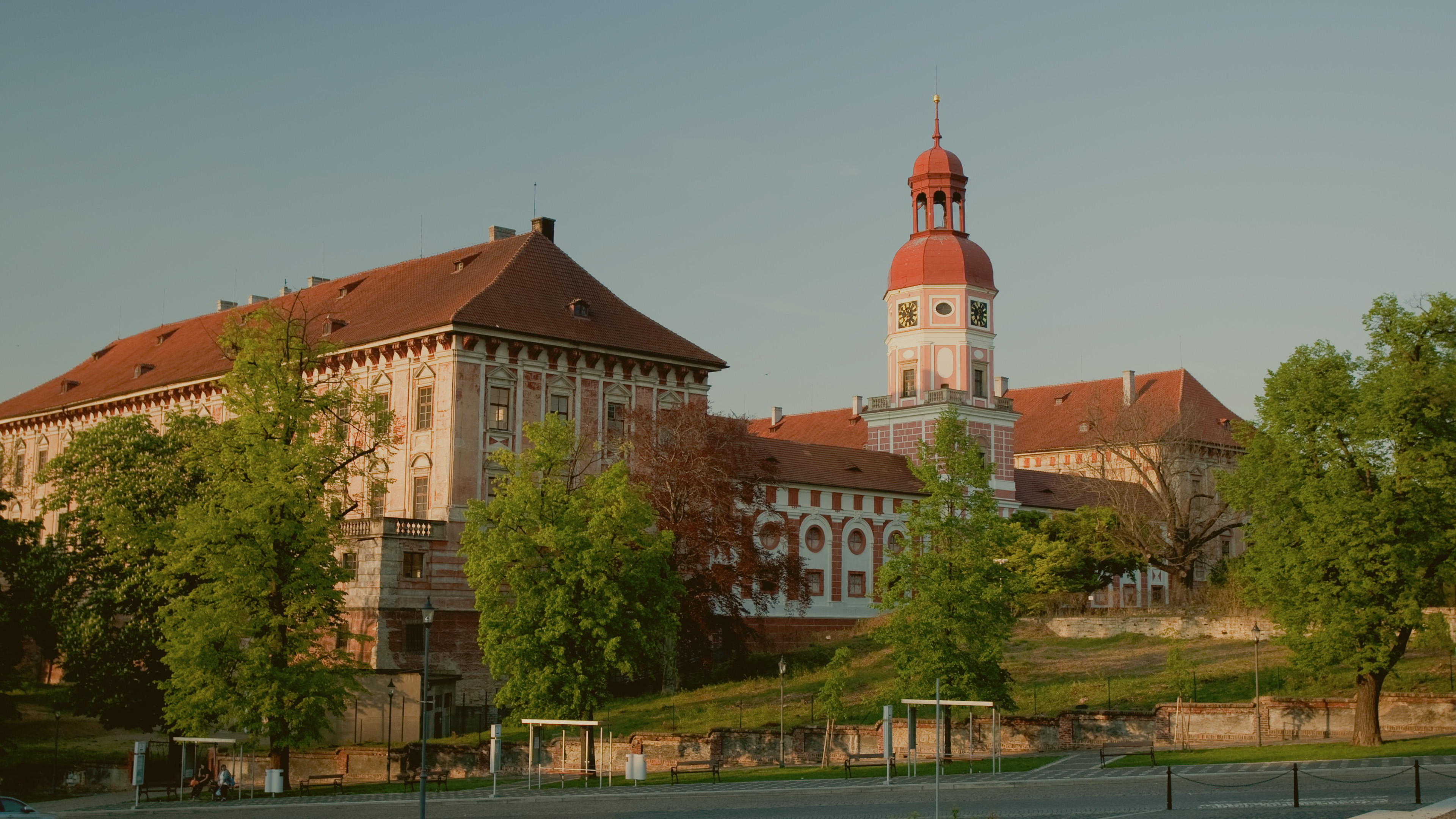About the Antonín Dvořák Birth House
Where It All Began
When Antonín Dvořák was born in the picturesque village of Nelahozeves as the eldest of nine children to a butcher and an innkeeper František Dvořák and his wife Anna, no one could have imagined he would become a giant of not only Czech, but world music — with his works even reaching the Moon.
But even in his early childhood, Dvořák’s family and those around him quickly recognized his talent. Little Toník (how his family called him) Dvořák split his time between practicing violin under the guidance of teacher Josef Spitz and helping out at the family inn — the social heart of Nelahozeves.
Locals would gather at the Dvořák inn over beer and folk music. These childhood memories became a deep well of inspiration for Dvořák and one of the reasons he developed such a strong interest in folk music, even during his time in America. His masterpieces — such as the Slavonic Dances, the opera Rusalka, and his most famous Symphony No. 9 "From the New World" — all stem from his fascination with traditional folk melodies.
Today, visitors to Nelahozeves — just 35 km from Prague — can explore Dvořák’s early life and inspirations in a playful, engaging way at the museum housed in his actual birthplace. The Antonín Dvořák Birth House opens the door to the past using modern technology and an interactive exhibition.





